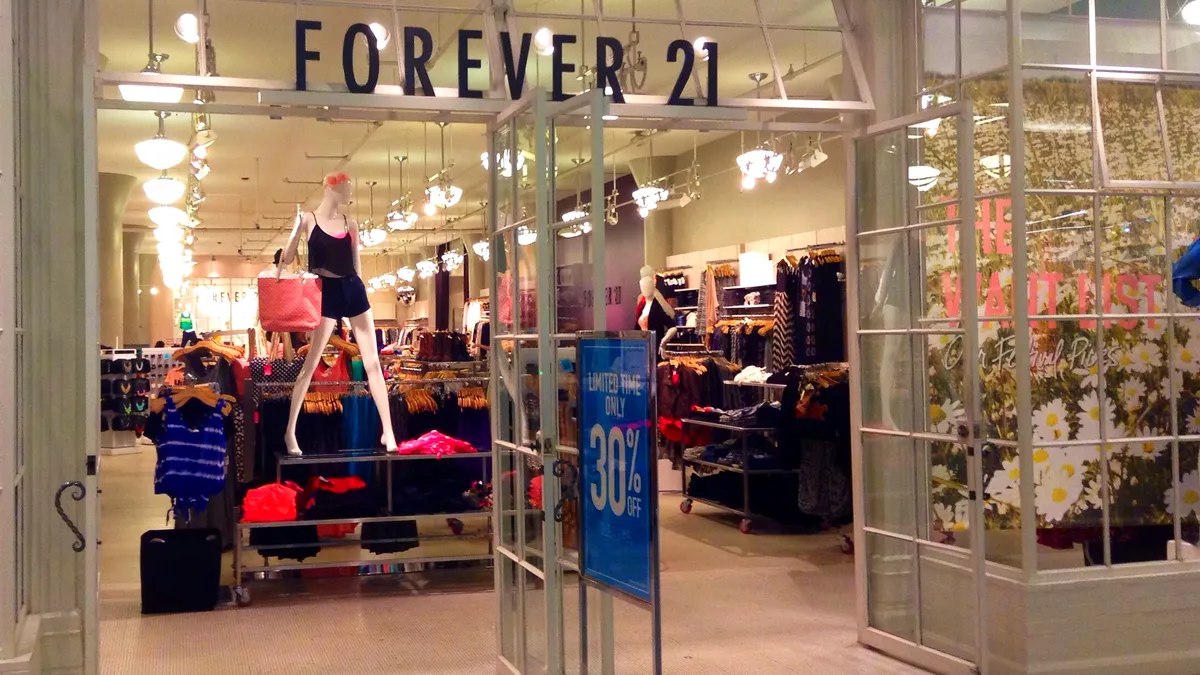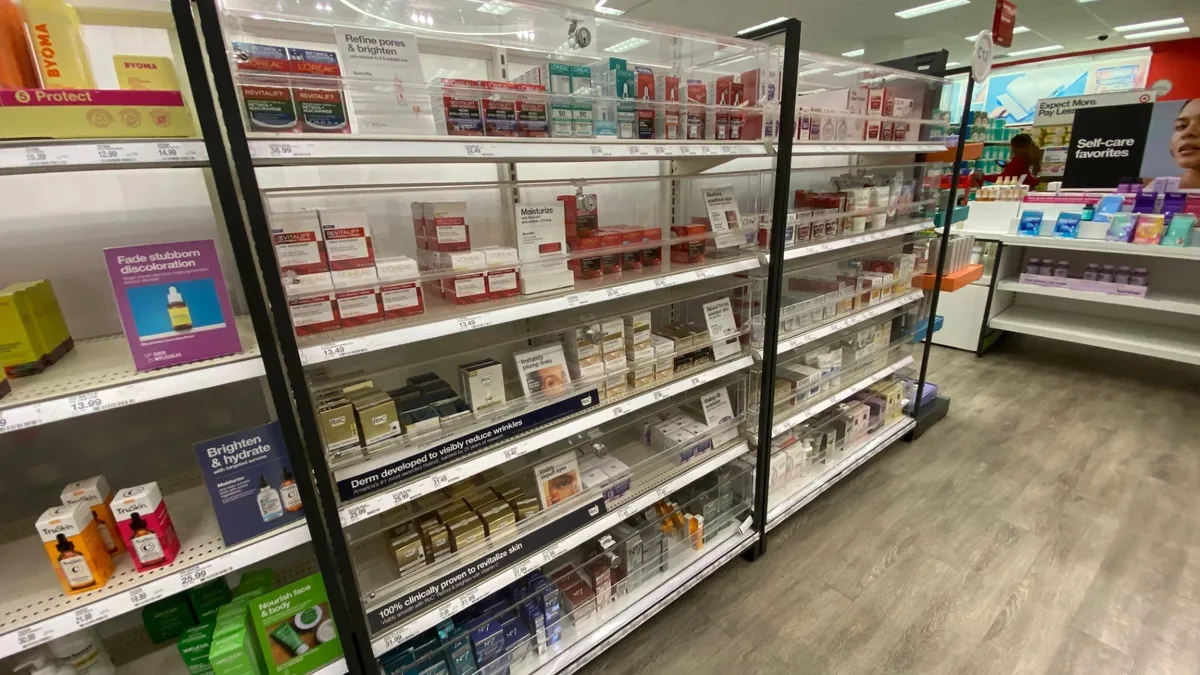While it may seem like an anachronism in the age of easy credit, gift cards, and mobile payments, layaway—the financing option that allows consumers to pay off their goods a little bit at a time until they take delivery—is alive and well at stores this holiday season.
Kmart, Wal-Mart, Toys R Us, GameStop, and Burlington Coat Factory are among the major retailers offering layaway for the holidays. And this year, stores are improving the terms of payment agreements to get shoppers to start their holiday shopping even sooner, and keep them coming back throughout the year.
Time and tradition
Layaway has never really disappeared since its development in the early 20th century as a way to ease the purchase of large appliances such as washers and refrigerators. It peaked in popularity during the Great Depression, but has experienced a resurgence following every economic downturn.
“When the country has a depression, layaway becomes a very popular way to purchase items,” Richard Feinberg, professor of retail management at Purdue University in Lafayette, Ind., told Retail Dive. “It went away for a while, only to re-emerge at every recession since 1980.”
Layaway bounced back strong during the economic downturn of 2008, and hasn’t lost appeal since. “Kmart has always had layaway,” Jai Holtz, president of financial services for Hoffman Estates, Il.-based Sears Holdings, Kmart’s parent, told Retail Dive. “It has been something our members have used consistently year after year. We see it as a key driver of sales—especially at the holidays.”
Getting the jump
Wal-Mart was first to launch seasonal holiday layaways this year starting Aug. 28 to help shoppers access the hottest toys of the season—mostly those associated with the new installment of the Star Wars franchise. Toys R Us similarly began holiday layaways on Force Friday, Sept. 4, a week earlier than last year.
Kmart was the first to the airwaves this year though with a holiday ad “Ridiculous,” touting its no-money-down layaways for a second holiday season starting Sept. 1 and making light of the fact that holiday shopping can often start before Labor Day.
“Even if their paycheck isn’t coming in for another week, it gives our members an option to put it on layaway right away,” Holtz says. “It guarantees they get the item and it isn’t going to sell out. Over half of Americans start their shopping in September and October. This is a wonderful alternative.”
Start shopping
According to a poll commissioned by CreditCards.com, 14% of U.S. consumers had started their holiday shopping by Sept. 6, 2015. Some 15% of shoppers said they would start their seasonal shopping earlier this year, and almost one-quarter (23%) claimed they would complete their holiday shopping by the end of November.
The National Retail Federation estimates that more than 40% of Americans start shopping for the holidays before the beginning of October, and among those, 60% do so to stretch their budgets. Marketers are ready to accommodate.
“Customers use layaway for a number of reasons, including to beat the holiday rush by shopping early, ensuring they’re getting the hottest holiday items they want of the season without worrying about paying for them all at once,” Wal-Mart’s Cory Lundberg told CreditCards.com.
In addition to helping consumers get the goods they want, layaway offers a way to do so without racking up credit card debt. Other shoppers use layaways to hide gifts from their intended recipients.
New incentives
This season’s layaway programs offer more favorable terms than past years, however, making layaway payment plans hard to beat. Kmart started incentivizing layaways earlier this summer with 5% off on back-to-school items. Now, the chain is offering $10 off on layaways of select goods every week through Thanksgiving.
Wal-Mart has lowered its minimum on layaway items to just $10 with 10% down. And most big chains are extending the layaway season through the Thanksgiving weekend to assure customers that they won’t miss out on Black Friday deals and offer more time to pay. “By starting now, the retailer creates a longer time frame to pay for layaway items,” Feinberg says.
How retailers benefit
For retailers, layaway offers a way to attract a vast segment of U.S. consumers: those without much money to spend.
“The need for a retailer to use layaway depends on the target market,” Feinberg says. “There has been a big battle for the lower-end consumer.
“For stores trying to grab as much of that market as they can, layaway has become a very effective marketing tool,” he says. “For those consumers, the question is not ‘What am I going to buy?,’ but ‘How am I going to be able to pay for it?’ Any retailer that offers a way to do that will be rewarded.”
The reward may not represent a huge share of store sales, Feinberg notes, but it can deliver a marginal increase that has a lasting effect on the bottom line, market share and customer loyalty.
“A 1% increase or decrease in sales can mean millions of dollars for a retailer" Feinberg says. "And if it’s a move on the upside, that means money denied to competitors.”
Plus, every time a customer visits, there’s an opportunity for the store to add incremental sales. “It attracts people to come to your store and put things on layaway, and while they are in your store, buy other things,” Feinberg says. “It increases visits, it increases loyalty and it increases revenue, and consumers are more likely to buy things they would not buy otherwise.”





















